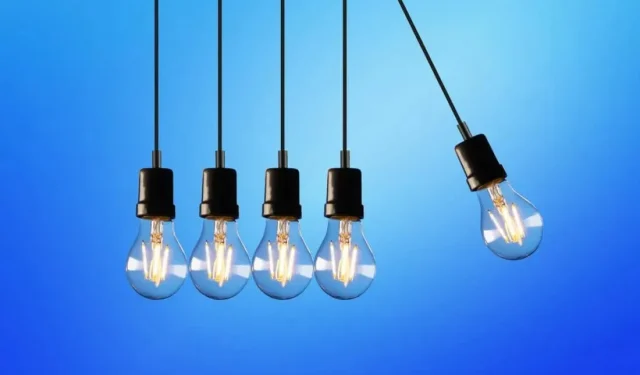Turn off electrical appliances to reduce your electricity bill

With the advent of more and more electrical and/or electronic equipment, our homes consume a lot of electricity. This consumption should be controlled. Here are some tips.
If you do not use some household appliances all the time, it may be useful to unplug them. This will save you energy and money. Even if devices are turned off, some features may remain active if they are still connected. Turning them off helps prevent energy usage and your bill from increasing. But how much can we save? Are these savings significant at all? Should I bother with connecting and disconnecting devices?
Why does turning off devices save money?
Disabling devices may seem counterintuitive. After all, if they are off, why are they still using power?
The fact is that devices still consume power even when they are turned off if they are connected to the network. Some of the worst performers in this area include:
- devices that have indicator lights to indicate their status,
- computers that are simply in sleep mode,
- chargers that consume even when no device is connected,
- media boxes and other consuming consoles to manage updates in the background, e.g.
- phones with screens that are used even when idle, such as cordless phones,
- connected devices, whatever they are, with always-on screens, Internet connectivity, and electronic controls.
The energy used by these devices when not in use is often referred to as standby consumption, but is often given many other names.
Save money by monitoring standby consumption
Standby consumption is between 5 and 10% of total household consumption. Turning off household appliances can save up to 100 euros per year.
Moreover, this amount depends on the number of devices and your habits. Reducing the load on our always-on devices could save Americans up to $8 billion a year and cut electricity consumption by 64 billion kilowatt-hours a year, according to a study by the Natural Resources Defense Council (NRDC). And it also has environmental benefits, such as preventing 44 million tons of carbon dioxide. The NRDC estimates the cost of always-on devices at an average of $165 per family per year.
How to control standby consumption
The first step, of course, is to disable what you don’t use often. For example, a TV and set-top box in the guest bedroom or a player – CD, Blu-ray, etc. -. When you unplug your device, make it a habit to also unplug your charger if you have one.
However, disconnecting and reconnecting can quickly become tedious, especially if your devices are difficult to access. In these cases, you can invest in multiple outlets with a switch. Thus, it is enough to flip the switch to turn off the power of several devices at the same time. You can also use smart connectors to control the device’s power in a connected way. This will automatically turn off the power of the TV in the middle of the night.
And before buying new products, find out about their reserve consumption.
For further
Our electricity bills are constantly rising, it is essential to limit our consumption. For example, in addition to turning off certain devices, you can take care to turn off the lights. The temperature inside your home also plays a big role.
Leave a Reply